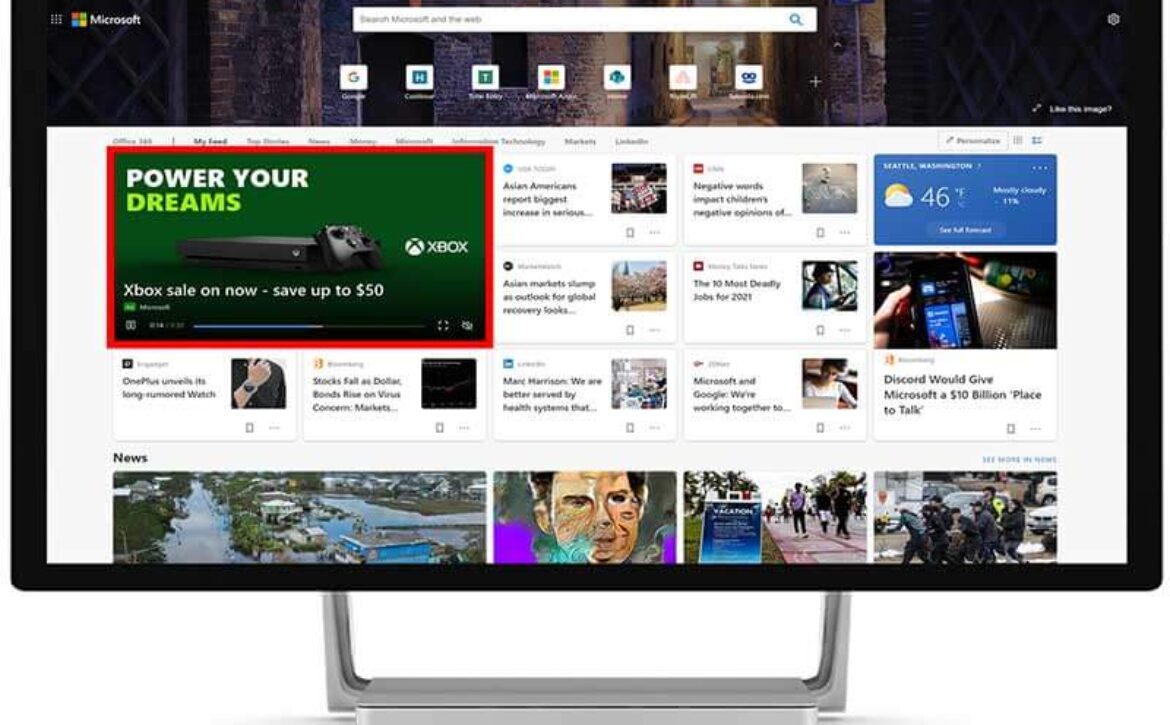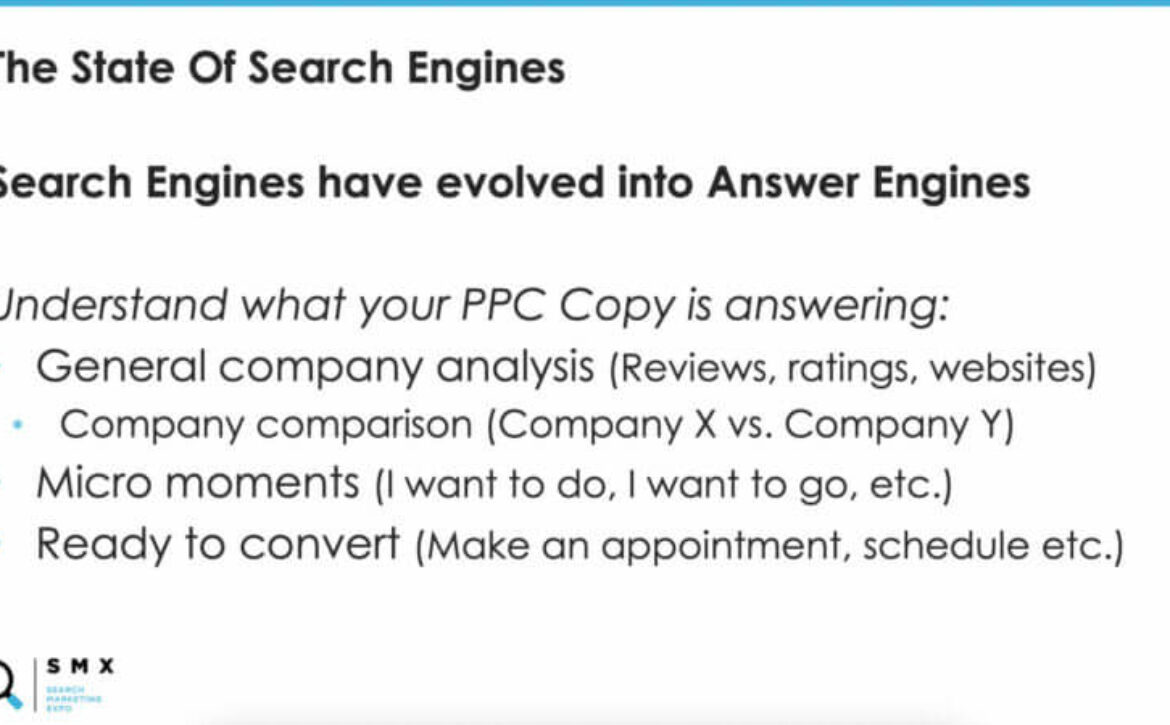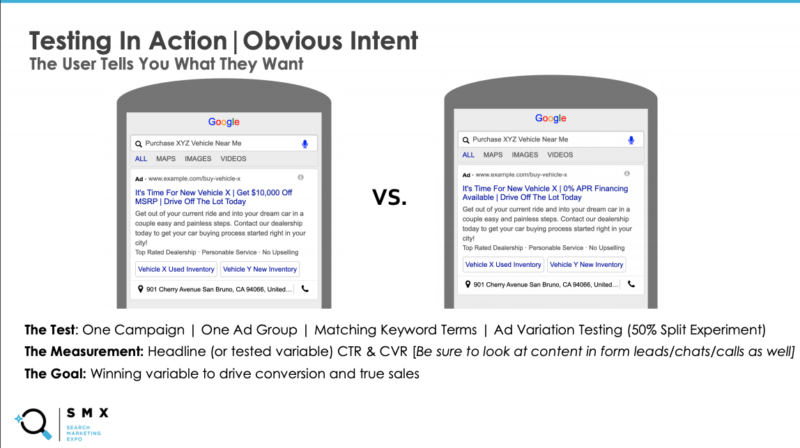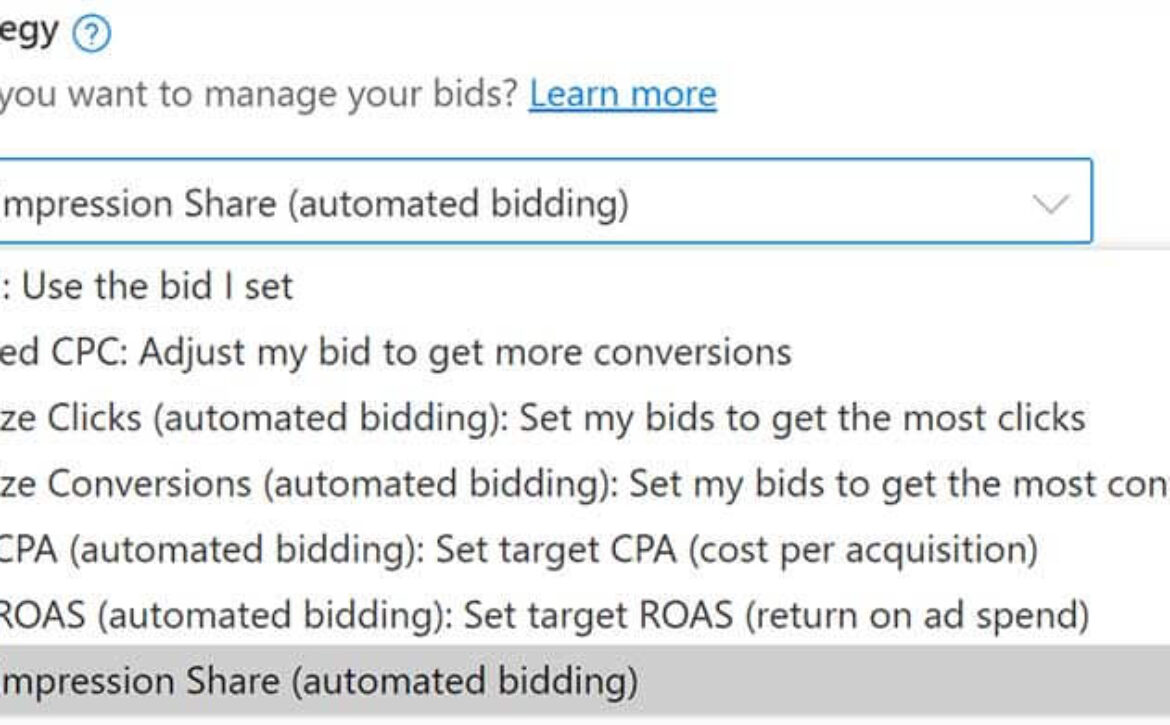New pilots from Microsoft Ads and the secret to happiness at work; Wednesday’s daily brief
Search Engine Land’s daily brief features daily insights, news, tips, and essential bits of wisdom for today’s search marketer. If you would like to read this before the rest of the internet does, sign up here to get it delivered to your inbox daily.
Good morning, Marketers, are we doing the work or going through the motions?
My friend and I were taking a walk around our coworking space just to get some fresh air and reset our brains before afternoon calls. We both park in a deck down the road because the parking lot right outside the office is 3-hours only. However, the handicapped spaces directly outside the space are all-day parking. At first, I thought that was pretty cool. Good for this space for being accessible, I thought, and for not making people who use wheelchairs park in the parking deck far away.
And then I looked at the entrances right outside these parking spots and noticed the ramp was nowhere close. Then I thought about the actual space and how I think I’ve only ever seen one elevator — which is on the other side of the building to the parking spaces.
Just like in life, accessibility on our sites can’t be an afterthought. We’ve been working on an accessibility audit of Search Engine Land, and we encourage you to think about doing the same as you plan your 2022 goals. It can’t just be an afterthought. We have to do the actual work. With the increased focus on user experience in SEO, we need to make sure our sites have a positive experience for all users.
Carolyn Lyden,
Director of Search Content
3 sessions search marketers will want to see at MarTech
How are we handling the data challenge?
MarTech Editorial Director Kim Davis’s keynote explores the importance of data to modern marketing with experts from major brands like HBO Max and El Camino Health.
Guiding company influencers and evangelists to successfully engage on LinkedIn
Join Darryl Praill, CRO at VanillaSoft, as he explains how he interacts on LinkedIn, who he responds to, who he completely ignores and why.
Is your brand ready for the search-first age?
Deepcrawl shows why CMOs need to shift from being search-shy marketers to become search-first CMOs.
Video and vertical-based product ads pilots arrive on Microsoft Audience Network
Video ads and vertical-based product ads are now being piloted on the Microsoft Audience Network, Microsoft announced yesterday. In the announcement, the company also revealed disclaimers in ads, new third-party integrations with Universal Event Tracking, flexible insertion orders and inline appeals for rejected offers in Microsoft Merchant Center.
Why we care. While unlikely to be game-changing, Microsoft Advertising’s September announcements offer a variety of quality-of-life improvements for paid search marketers:
- Microsoft Audience Network’s new video format may help brands increase awareness as well as engagement with their ads.
- Disclaimers in ads may help advertisers in regulated industries stay compliant.
- Inline appeals may help decrease the amount of time your team spends reaching out to Microsoft Advertising’s support team. This can be especially useful for resolving rejections during the holiday shopping season, a crucial time of the year for many merchants.
- The new UET integrations may mean a simpler setup process for event tracking.
- Flexible insertion orders may provide advertisers with a more versatile way to manage their budgets.
81% of B2B tech marketers believe the importance of SEO has increased in the last 12 months
SEO budgets in B2B have reflected this increase in importance as over a quarter of B2B tech companies have increased their investment in SEO in the past year, according to data from FINITE, the global B2B technology marketing community.
However, with the increased emphasis on SEO and budgets related to it, only half of B2B tech has an SEO strategy. The report also found that most of the SEO efforts in this industry are being performed in-house: “Only 28% of B2B tech marketers rely on third parties to help with their SEO strategies.”
Attribution is a challenge even outside this industry, but FINITE’s data found that nearly half of all B2B tech marketers struggle to measure the impact of organic search. What were the other big challenges for the respondents?
- technical SEO (38%),
- link building (21%) and
- content creation (21%)
Why we care. This information could help agency and in-house marketers looking to make the move to B2B tech/SaaS. Even more companies are seeing the value in organic search optimization, but are missing out on strategy and implementation best practices. Knowing this can help search marketers craft proposals and help these companies hone in on the best ways to improve their SEO.
Search Shorts: End of ETAs #PPCChat, reducing churn, and stats in content
#PPCChat on RSAs and ETAs. Check out the advice, thoughts, and reactions from the experts in yesterday’s #PPCChat about the end of ETAs.
3 ways to reduce customer churn with content marketing. No matter how large they are, even multinational corporations aren’t immune to customer churn. But there’s a way to retain customers – and it all starts with content marketing.
Truth or Dare: How to use statistics in your content. Statistics actually have the power to make your content more engaging and compelling. When you use them the right way, statistics can help you tell an even better story than you could with words alone.
What We’re Reading: The secret to happiness at work
Job satisfaction is up, according to this piece in The Atlantic by Arthur C. Brooks. “In 2020, despite the fact that millions of Americans had shifted to remote work, 89 percent said they were either ‘completely’ or ‘somewhat’ satisfied,” he wrote. Brooks teaches graduate classes and says his students often assume that, in order to love your job, it has to be your “dream” job: “one where your skills meet your passions, you make good money, and you are excited to get to work each day.”
But, says Brooks, that’s not what drives satisfaction at work. “After all, how many kids say, ‘When I grow up, I’m going to be a quality-assurance analyst’?” And, how many of us knew we wanted to be search marketers when we were asked our future career aspirations as children? I think mine shifted from marine biologist to broadway star to writer as I got older. And here I am in search.
To really be satisfied with work, Brooks says your job needs two things:
- Earned success. Earned success gives you a sense of accomplishment and professional efficacy. Employers who give clear guidance and feedback, reward merit, and encourage their employees to develop new skills are the most likely to give you those feelings.
- Service to others. This is the sense that your job is making the world a better place. That doesn’t mean you need to volunteer or work for a charity to be happy, but that you’re helping make the world a better place for someone or making their life easier.
So what’s the secret to happiness at work? “Rather than relentlessly pursuing a ‘perfect match’ career that they’re sure will make them happy, a better approach is to remain flexible on the exact job, while searching for the values and culture that fit with theirs,” said Brooks.
The post New pilots from Microsoft Ads and the secret to happiness at work; Wednesday’s daily brief appeared first on Search Engine Land.










